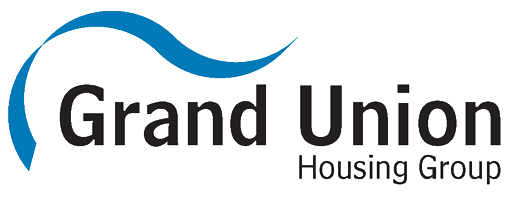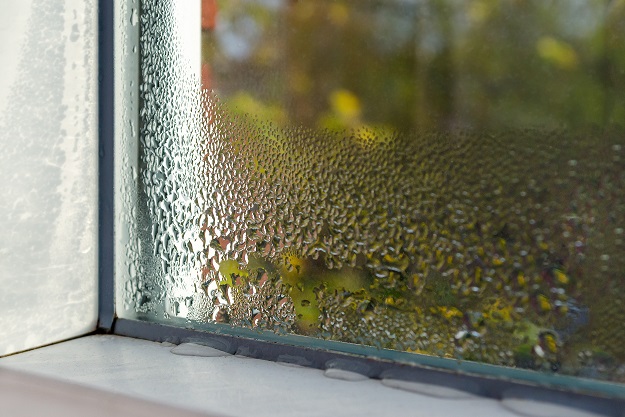Update from Aileen Evans, Group Chief Executive – 30 November 2022
At Grand Union, we have a responsibility to keep more than 27,000 customers safe in their homes.
This responsibility, and that of other housing associations, has been brought into focus recently following the tragic case of Awaab Ishak – the two-year-old who died in December 2020 from a respiratory condition caused by prolonged exposure to mould in his family’s home in Rochdale.
The thoughts of everyone at Grand Union are with Awaab’s family. It is impossible to comprehend what they have been through in the past two years.
Ensuring our customers are safe in their home is our key priority and we’ve been looking at how we can better deal with damp, mould and condensation for the last 18 months.
Using data, technology and what customers tell us
In July 2021 we set up a project team to help us improve what we do and how we deal with mould and condensation in customers’ homes. The team recognised that understanding any potential issues would be key, so we ran a full analysis of previous cases of damp and mould to see if there were any trends. This work found no pattern in particular building types or layouts but, as you may expect, identified some link with older properties with lower energy performance certificate (EPC) ratings.
Even more importantly, we also spoke to customers who had previously experienced damp, mould or condensation to see if it had returned. Since then, we have begun installing environmental sensors in in a number of our homes which track the temperature and humidity in the property.
These sensors, that we are looking to roll out to all homes over the next few years, allow us to keep track of the property’s performance. Using this data, we can then see when conditions aren’t quite right, helping us to act before mould and damp become a problem. Customers can also use an app linked to the environmental sensors to monitor the conditions in their own homes.
Changing how we work
Where we know of cases of damp, mould and condensation we take primary responsibility for this – it is never treated as a lifestyle issue.
Getting the problem sorted as quickly as possible is our priority, which is why we changed our policies to treat the mould on the initial visit rather than starting with an inspection.
This means there’s no further waiting time for customers and we can start to deal with the issue immediately.
Setting up a dedicated team
Earlier this year we set up a dedicated team of trades operatives to focus on dealing with damp, mould and condensation issues.
As well as these specialists, the rest of our trades teams and a number of other colleagues have undergone training on dealing with damp, mould and condensation to ensure they can identify potential signs when visiting customers’ homes.
Making it easier to understand
We recognised that the information we provided around damp, mould and condensation was not always that easy to follow, which is why we’ve been working to rectify this.
We’ll be updating our website and portal in the coming weeks with new, easier to understand information.
Work still to be done
Whilst we’ve made a number of significant steps to improve how we deal with these issues; we recognise we need to do more.
We want to improve the way we use data to identify cases that have not been reported or to predict where these issues might occur. We know from our recent in-depth survey that not all mould related cases are reported to us, we want to correct this and hear from everyone suffering so we can sort it out.
And finally, as part of our work around environmental sustainability, we hope that by improving the energy performance of our lower EPC band properties, we will start to see fewer instances where damp, mould and condensation occur. We have submitted a bid to the Social Housing Decarbonisation Fund for £1.2m that if successful we will match with £1.4m to invest in improving those homes that need it the most.
We are taking this very seriously and are working hard to ensure what we do and how we do it keeps customers safe in their homes.
If you are suffering from any kind of damp, mould or condensation in your home, please get in touch so we can sort it as soon as possible.
You can do this via our dedicated email address
Email – mould@guhg.co.uk
Phone – 0300 123 5544
Customer portal – my.guhg.co.uk/login
We are also running a damp and mould survey on Voice, our customer feedback platform. Log in or sign up now to take part: voice.guhg.co.uk



